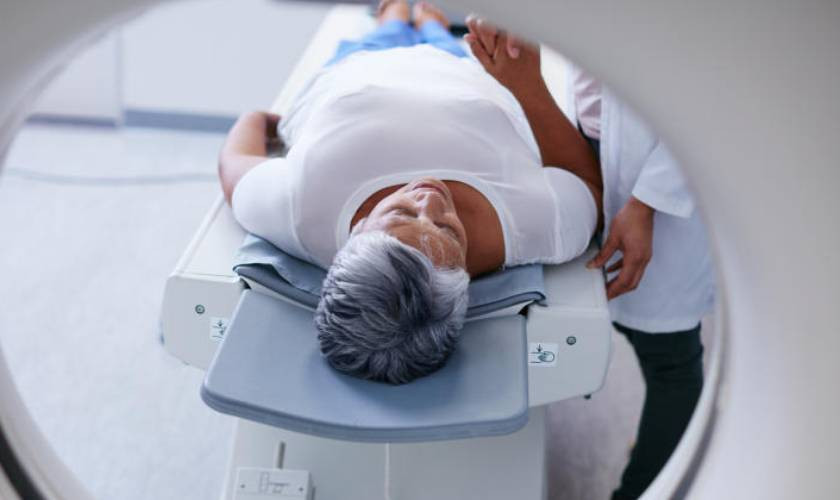
According to Dr Adnaan Mustafa, Consultant Pediatrician at The Nairobi West Hospital, infant jaundice or neonatal hyperbilirubinemia is a common condition, particularly in babies born before 38 weeks gestation (preterm babies) and some breastfed babies.
Jaundice is a condition that causes the skin and the whites of the eyes to turn yellow. Infant jaundice occurs because the baby’s blood contains an excess of bilirubin (bil-ih-ROO-bin), a yellow pigment of red blood cells. It usually occurs because a baby’s liver isn’t mature enough to get rid of bilirubin in the bloodstream.
Dr Mustafa reveals that an estimated 6 out of every 10 babies develop jaundice, including 8 out of 10 babies born prematurely before the 37th week of pregnancy.
Most infants born between 35 weeks gestation and full term need no treatment for jaundice. Rarely, an unusually high blood level of bilirubin can place a newborn at risk of brain damage, particularly in the presence of certain risk factors for severe jaundice but only around 1 in 20 babies has a blood bilirubin level high enough to need treatment.
“The causes can be obstruction of the bile duct-like a cyst or gall stones or biliary atresia which is narrowing of the bile duct from birth,” Dr Mustafa says. “It can also be autoimmune -- the body’s immune system attacking the liver cells thus, another cause is when specific enzymes and hormones are deficient like the thyroid hormone, tyrosinemia, galactosemia, G6PD enzyme deficiency,” he says. He reveals that cancer of the liver like hepatoblastoma can also cause jaundice with an obvious mass on the liver.
“Excessive breakdown of red blood cells can also cause jaundice in infants because of excess bilirubin than the liver can handle,” Dr Mustapha adds. “Conditions like sickle cell disease and hemolytic anaemia are also listed causes of this chronic condition.”
- Greg Ngari: Rare disease has only delayed my dreams, it did not shatter them
- Cold urticaria: 'I wish the sun would shine forever'
- Venous thrombosis: When inactivity leads to clotting
- Sleep apnea: Disorder that causes snoring
Keep Reading
Depending on the cause, he adds, symptoms of jaundice are abdominal pain, abdominal swelling due to fluid or enlarged liver, anaemia (low haemoglobin), lethargy, failure to thrive, and not gaining weight which should be experienced by infants just within a short period after birth.
He explains the yellowing of the skin and the whites of the eyes — the main sign of infant jaundice — usually appear between the second and fourth day after birth.
“A baby who has jaundice has a yellowish colour that usually appears on his face. It may then spread to his chest, belly, arms, legs and white parts of his eyes. The best way to see jaundice is in good light, like in daylight or under fluorescent lights since it can be harder to see in babies with darker skin,” Dr Mustapha says.
 The Standard Group Plc is a multi-media organization with investments in media platforms spanning newspaper print
operations, television, radio broadcasting, digital and online services. The Standard Group is recognized as a
leading multi-media house in Kenya with a key influence in matters of national and international interest.
The Standard Group Plc is a multi-media organization with investments in media platforms spanning newspaper print
operations, television, radio broadcasting, digital and online services. The Standard Group is recognized as a
leading multi-media house in Kenya with a key influence in matters of national and international interest.











